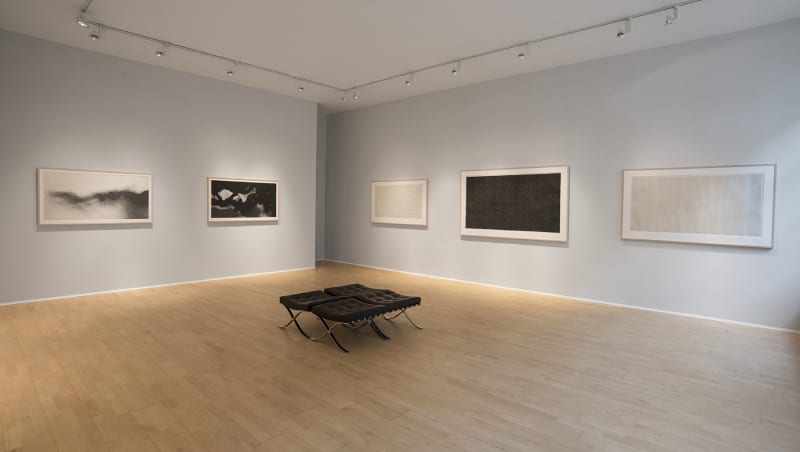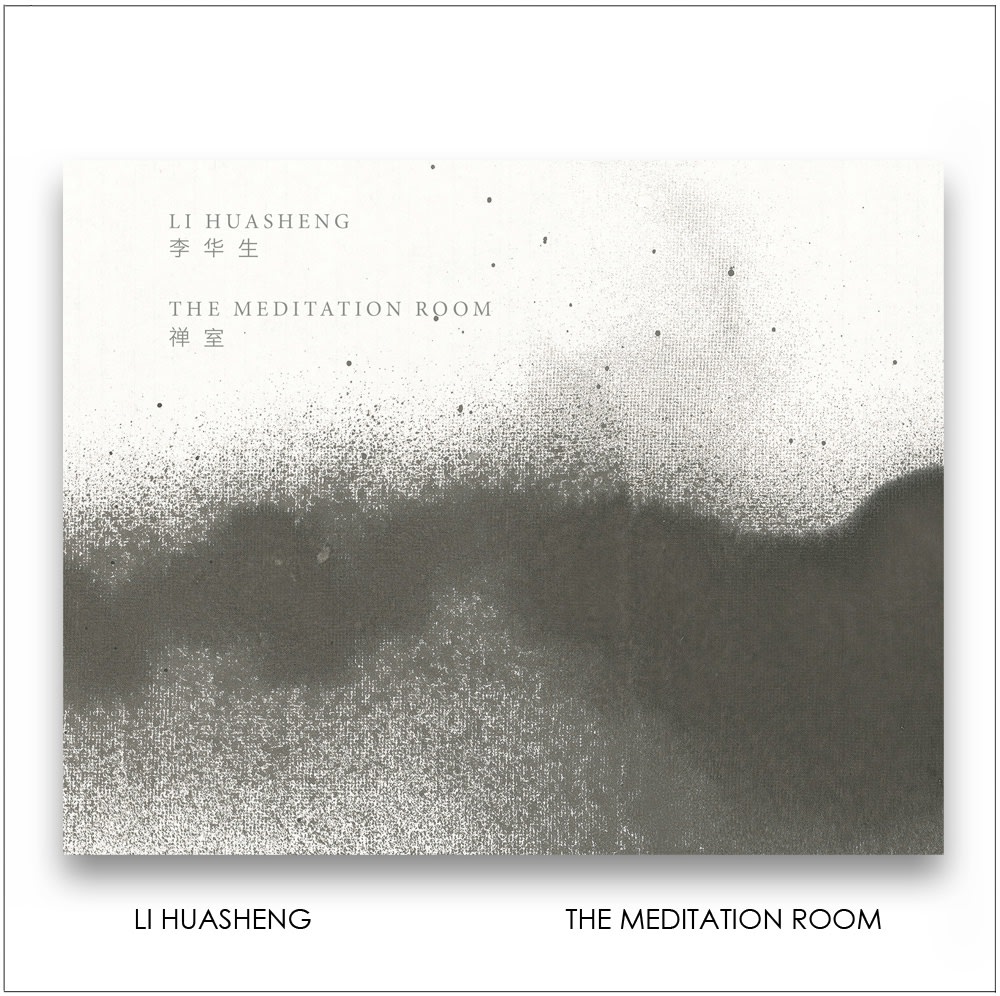LI HUASHENG: The Meditation Room
Past exhibition
Installation Views
Overview
The Mayor Gallery presents a selection of recent ink paintings on paper by Li Huasheng (b. 1944, Yibin, Sichuan Province). This is a rare opportunity to admire the revealing abstract works by this self-imposed seclusion Chinese artist whose paintings have been collected by respected international institutions including the British Museum, Metropolitan Museum, M+ and the National Art Museum of China.
After studying socialist realism, Chinese traditional painting, seal carving and calligraphy, Li quickly became one of the foremost traditional Chinese landscape painters of his generation, distinguishing himself in China and abroad for his original, vibrant and colourful water-and-mountain landscapes. The five-month official trip to the US where he was invited to partake in various lectures and exhibitions in some of the most prestigious American universities in 1987 resulted in a dramatic change in his life and artistic practice. Li’s repeated exposure to works by international artists in the US triggered a chain reaction of reflections on Chinese art history and to an escalating process of radical life transformation.
In near complete seclusion, Li barely painted throughout the following decade. It is in this period that Li began his increasingly frequent ventures to Tibet. During one of these journeys, Li was inspired by the image of the lines formed by the Tibetan monks marching toward Jokhang temple, and by their repeated chanting of the mantra “Om Mani Padme Um”. From that moment, Li began to visualize existence in the form of a line. “Our life is based on time,” the artist commented. “Time represents the preciousness of every person’s existence. Through the flowing of my lines I am preserving and registering my personal time.”
Starting from the late Nineties, the line becomes the artist’s most fundamental expressive cipher and reflects Li’s mental and physical state at the time of its execution. Reminiscent of an ECG trace measuring the electrical activity of the heart, it records the rhythm of the artist’s qi (气, ‘vital energy’), the slightest fluctuations of which are detectable in the inherent character of the brushstrokes---speed, force, turn, pause and direction of the brush. Since the beginning of his breakthrough into abstraction, Li has adopted a strict work routine based on meditation and controlled reiteration of the gesture. Slowly seeping into the overall pictorial structure of his ink paintings on paper, completed from 1997 onwards, this methodology leads to the formal systematization of intersecting freehand linear compositions arranged in grid-like configurations inspired by architectural elements and natural patterns. Alongside his lines and black and white grids, during the last twenty years, Li has developed an increasingly radical formal simplification of both Chinese calligraphy, of which he evidences the track and speed in abstract double-layered compositions combined with grids, and the natural landscape, where the majestic Himalayan peaks are portrayed either in the artist’s sublime “one stroke paintings” style or in his rarefied and highly spiritual series known as “misty landscapes”.
Li’s works are part of the permanent collections of the National Art Museum of China, Beijing; British Museum; Metropolitan Museum of Art; the Chicago Art Institute; Art Museum, Shanghai; Guangdong Museum of Art; He Xiangning Art Museum-OCT Contemporary Art Terminal; and permanent collections of Harvard University, Yale University, University of Michigan and University of Washington.
Publications




